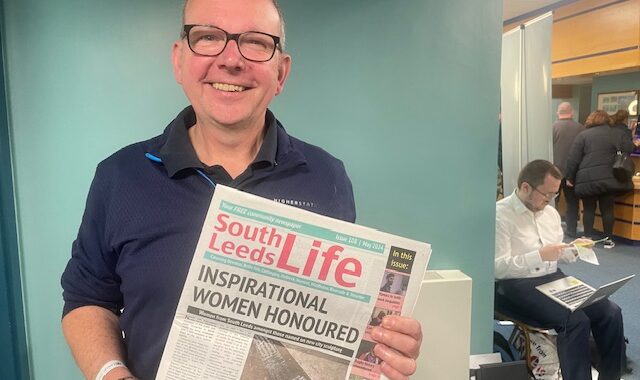It is not often that newspapers write about themselves, but the numbers surrounding the decline of local newspapers across the UK and Ireland have made headlines. We now know that more than 240 local newspapers closed between 2005 and the end of 2011 and that an estimated almost £400 million in newspaper advertising revenue will be lost from the UK market by the end of 2014. But what can be done about this rapid decline of good quality local news? Should we be asking governments to do more to support local news providers or, given the importance of local news to our personal and community wellbeing, should we also be looking to other groups to support improved community news?
Well, with £50,000 and five partnership opportunities to deliver community news in new and interesting ways, the Carnegie UK Trust did just that. After an open application process, Brixton Blog, Cybermoor, WHALE Arts, Your Harlow and Port Talbot MagNet here in Wales became the five Carnegie Partners to take up the Neighbourhood News challenge of carrying out a local news project over one year in order to capture lessons for policymakers, funders and practitioners interested in the future of local news.
Although at an early stage of their projects, the Carnegie Partners have already provided some insight into the importance of local news organisations to their communities and how local news might be delivered in the future.
The highlights
The first clear highlight of their start-up phase is that the Carnegie Partners are publishing a good range of community news and information, in return for quite a low level of investment. For example, in just four months Your Harlow alone published 850 stories and 90 videos. This suggests that the local community news sector can deliver projects that produce a high level of output in a short period of time, and can provide good value for money for both citizens and funders.
Secondly, the Carnegie Partners have demonstrated that local news can be used as a tool of community action and cohesion. To date, the Partners have featured stories that matter to their communities, such as poor street lighting, library closures and the local impact of benefit cuts. And they have often done so in new and locally innovative ways. For example, the Digital Sentinel held a chat with local police and fire services on Twitter, asking a range of questions on topics from knife crime to noisy neighbours to the number of police officers on their streets.
The challenges
All of the Carnegie Partners, however, also experienced challenges during the start-up phase of their projects. Competing demands on the teams’ time, such as employment, family and pre-existing commitments naturally had an impact on the volume of local news produced. The Carnegie Partners also had difficulties in recruiting the right staff or volunteers with the skills to complement their own core journalism skills, such as advertising sales and IT know how. As the teams are made up of largely part-time, free-lancing or volunteer contributors, policymakers must respect the real-life pressures they face and be tolerant and understanding of the time and energy it requires to find the right people with the right supplementary skills, if they are serious about improving the provision of local news long-term.
Finally, like any news outlet, ensuring the right structures for success are in place, to allow the Partners to balance competing demands and volume and quality of output on schedule is an ongoing challenge. Our Carnegie Partners have employed several models, from a cooperative structure to a private limited company, from 20 members to 11 freelancers, and getting this balance right is not always straightforward, and needs careful consideration.
Now that we have learned these lessons what is the next step? Well, the evaluation of the Carnegie Partners will continue until they complete their projects, and we will publish a final, larger evaluation report by autumn 2014 which will capture the experiences of the Partners over the whole year. In the meantime we have raised a number of questions for discussion in our Neighbourhood News – The Time is Now policy summary to help kick start the debate on the future provision and sustainability of local news. For example, could existing government support, such as the Community Radio Fund, be amended or extended to support local news across all platforms? What is the best strategy for supporting start-up local news projects? As hyperlocal and community journalists, we would like to hear your thoughts on these questions – tweet us @CarnegieUKTrust using #neighbourhoodnews and tell us what can be done to support new and improved neighbourhood news.





